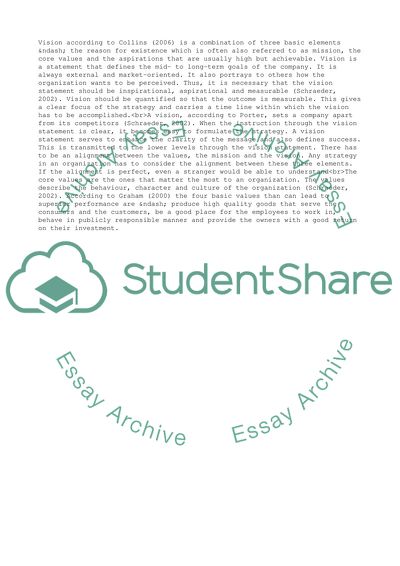Cite this document
(IKEA: Past Present and Future Case Study Example | Topics and Well Written Essays - 3000 words, n.d.)
IKEA: Past Present and Future Case Study Example | Topics and Well Written Essays - 3000 words. Retrieved from https://studentshare.org/business/1735301-ikea-past-present-and-future
IKEA: Past Present and Future Case Study Example | Topics and Well Written Essays - 3000 words. Retrieved from https://studentshare.org/business/1735301-ikea-past-present-and-future
(IKEA: Past Present and Future Case Study Example | Topics and Well Written Essays - 3000 Words)
IKEA: Past Present and Future Case Study Example | Topics and Well Written Essays - 3000 Words. https://studentshare.org/business/1735301-ikea-past-present-and-future.
IKEA: Past Present and Future Case Study Example | Topics and Well Written Essays - 3000 Words. https://studentshare.org/business/1735301-ikea-past-present-and-future.
“IKEA: Past Present and Future Case Study Example | Topics and Well Written Essays - 3000 Words”, n.d. https://studentshare.org/business/1735301-ikea-past-present-and-future.


